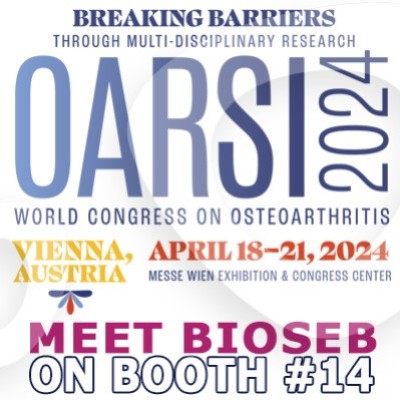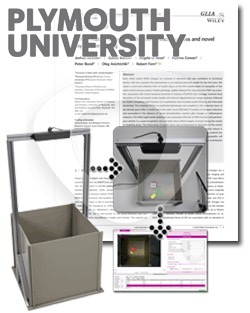White matter tauopathy:
Transient functional loss and novel myelin remodeling
Transient functional loss and novel myelin remodeling
Someone in the world develops dementia every 3 seconds. There are an estimated 50 million people worldwide living with dementia. It is well established that altered tau protein physiology is associated with various forms of dementia and are implicated in disease pathogenesis. White matter structural changes are also coincident with dementia; although, the timing of such changes is less well established. New research published by J. Jackson, G. Bianco, A. Rosa, K. Cowan, P. Bond, O. Aninchtchik, R. Fern in "Glia" demonstrates for the first time an association between tauopathy induction and disrupted white matter structure and function revealing a novel form of early, non-inflammatory ad-axonal myelin disruption associated with transient loss of action potential conduction.
The article: White matter tauopathy: Transient functional loss and novel myelin remodeling, published January 8th, utilizes a multidisciplinary approach to investigate the structural and functional consequences of hyper-phosphorylated tau in the dentate gyrus and optic nerve. As a cognitive function readout, the researchers utilized two novel object recognition tasks; NOR performed in a Y maze, and NOR performed in a square open field using the new Bioseb NORT-3D.
The new Bioseb novel object recognition test with 3D-camera based technology adds enhanced discriminating parameters to the object exploration of rodents. Muzzle position, body orientation, time spent around the object of interest can now be combined with sniffing or rearing behaviors detected by our special sensor to improve sensitivity. Dedicated, user-friendly software is set up in only 3 clicks. Interestingly, the researchers found that a decline in discrimination index in the NOR test was accompanied by disruption of the vesicle population present in the axoplasm of hippocampal and optic nerve axons and compromised excitability.
The current findings suggest that white matter dysfunction early in tauopathy will induce disorders in neural circuits, and that this event may significant contribute to early clinical deficit in dementia. Bioseb would like to congratulate the researcher team from Plymouth University, and is proud to have contributed in making these studies possible.
Click here to read more about Bioseb's Novel object recognition test with 3D-camera based technology

 Pain - Thermal Allodynia / Hyperalgesia
Pain - Thermal Allodynia / Hyperalgesia Pain - Spontaneous Pain - Postural Deficit
Pain - Spontaneous Pain - Postural Deficit Pain - Mechanical Allodynia / Hyperalgesia
Pain - Mechanical Allodynia / Hyperalgesia Learning/Memory - Attention - Addiction
Learning/Memory - Attention - Addiction Physiology & Respiratory Research
Physiology & Respiratory Research
 Pain
Pain Metabolism
Metabolism Motor control
Motor control Neurodegeneration
Neurodegeneration Cross-disciplinary subjects
Cross-disciplinary subjects Muscular system
Muscular system General activity
General activity Mood Disorders
Mood Disorders Other disorders
Other disorders Joints
Joints Central Nervous System (CNS)
Central Nervous System (CNS) Sensory system
Sensory system Bioseb on booth #14 at OARSI 2024 in Vienna
Bioseb on booth #14 at OARSI 2024 in Vienna 